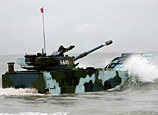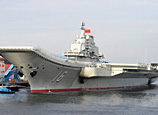
China introduced consumer durables loan in 1987, marking the start of consumer finance. After years of development, the basic structure of China's consumer finance system is taking shape. Currently, consumer finance business covers three major systems: consumption loan, consumption deposit, and consumption payment. Major products and credit tools include personal consumption loans from banks, credit cards, consumption card, and third-party payment. Meanwhile, personal wealth management markets, including insurance, trust, and banking finance, have all developed rapidly.
"In spite of everything, China's consumer finance industry still lags behind that in other countries, particularly developed countries". According to Ding Jiahua, taking consumption loan as an example, commercial banks are the main body of consumer finance, and there are very few consumer finance companies; house loan and car loan are still the main types of consumption loans, with other kinds of consumption loans taking only a small share. In the future, as consumer demands diversify and economic and social environment changes, there is still has a vast space for China's consumer finance to expand. Various efforts should be made to further accelerate the development of consumer finance and promote the great-leap-forward development of China's consumer market.
Promoting development with innovative financial products
In Ding Jiahua's view, in order to promote the development of consumer finance, we should encourage innovation of financial products and provide more wealth management services to consumers. Relevant departments should continue to urge financial institutions to make active innovations and design and introduce more financial products and services that suit the needs of the people. Regarding consumption loan, active innovations should be made to provide various consumption loan products to consumers; meanwhile, vigorous effort should be made to develop intermediate business, customized finance service, and personal banking business, among others, so as to meet the differentiated weather management demands of the consumers.


















![]()
